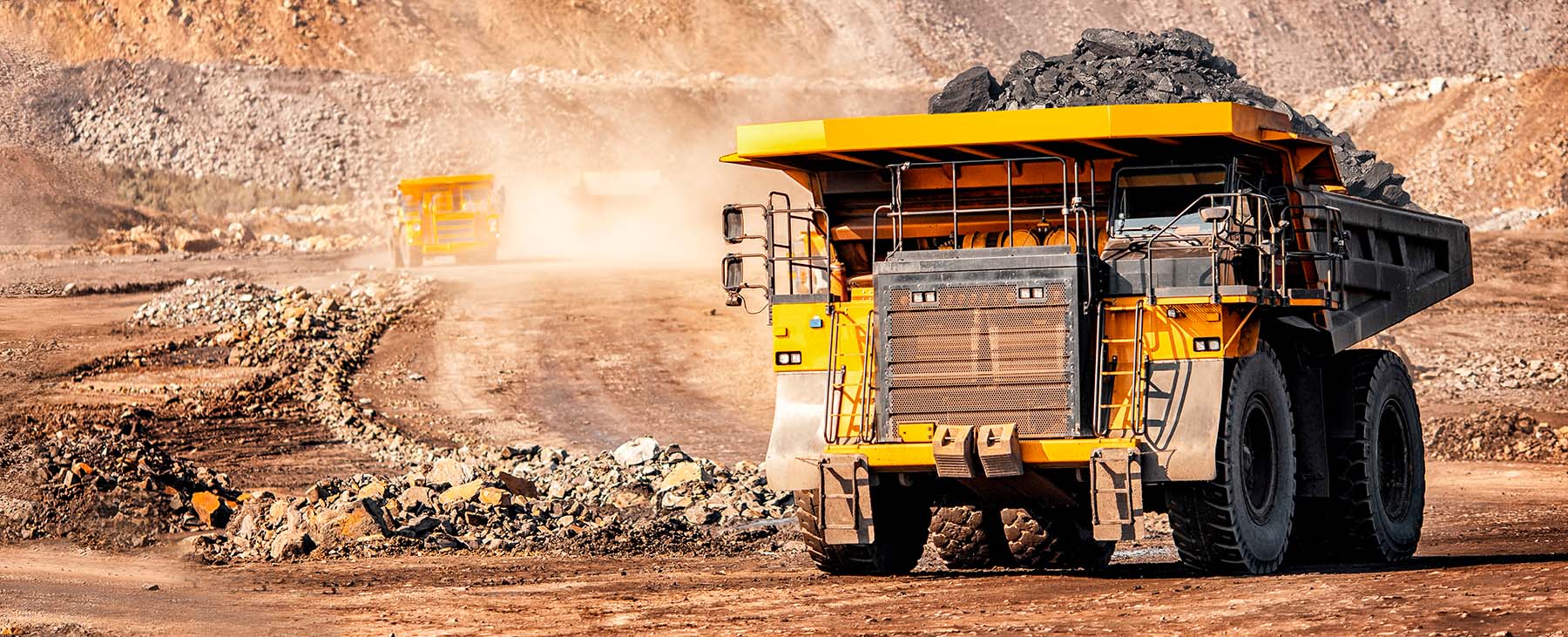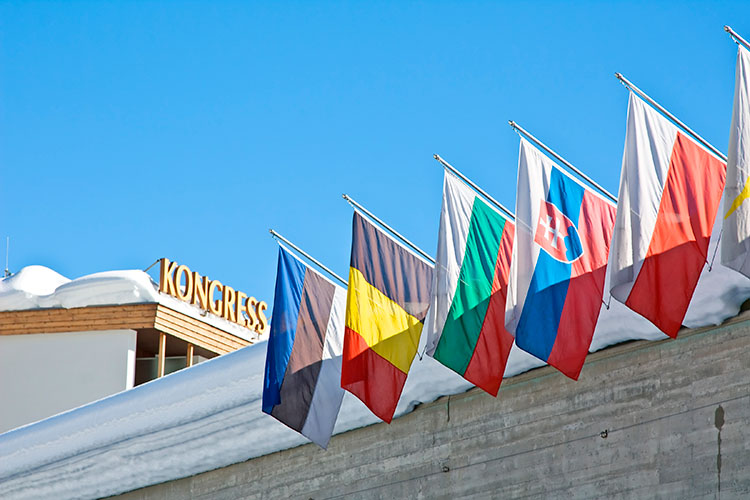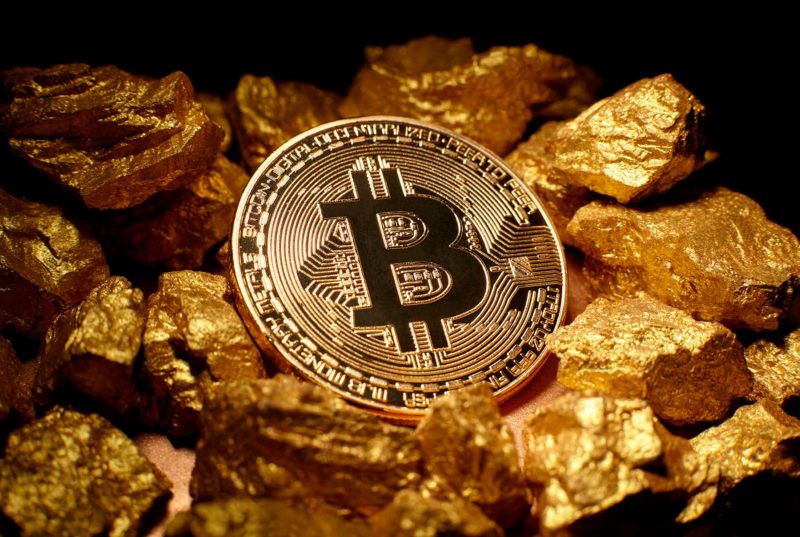

How climate change affects gold mining
More than 3,000 tonnes of gold are mined globally every year. However, the mining industry faces growing problems related to climate change, from the management of increasingly scarce water in some areas to landslides and dam failures in other regions due to increasingly torrential rains.
No one can deny that gold mines pollute. The use of materials such as mercury or cyanide in the extraction process poses a risk to the environment. In addition, these mines generate a large amount of greenhouse gases because huge amounts of energy are needed to process so many tonnes of material.
Despite this negative contribution to climate change, it is also true that gold is playing an important role in the transition to a low-carbon economy. Among other applications, gold improves the efficiency of solar panels, gold catalysts are used to convert CO₂ into fuel, and gold nanoparticles boost the performance of hydrogen batteries.
An industry vulnerable to climate change
Because of its great value and utility, it seems impossible to do without the precious metal par excellence. But its extraction is not immune to the effects of global warming and extreme weather events. A report by the World Gold Council outlines the main risks of climate change for gold mining and the people who make a living from it.
Acute physical impacts typically manifest themselves in the form of weather events such as tropical storms, forest fires, droughts and floods, while chronic impacts refer to long-lasting changes in, for example, average air or land temperature, sea level, water acidification or soil quality. The combined effects of both types of risk cannot be ignored, amplifying the threat to mining infrastructure processes and local communities.
It should be borne in mind that gold mines play a crucial role in the economic and social development of some emerging economies. Moreover, some of the nations that host these mining operations are among the most vulnerable to the destructive effects of climate change and associated extreme weather events.
The drama of water
Water management has been identified as a key issue for gold mines, as a large amount of water is required in the processing of extracted minerals. Increased drought in many areas of the world can lead to conflicts with local people over the sharing of this scarce commodity, as well as increased salinity of water, which increases the corrosion of processing plant equipment.
Increased extreme rainfall is also a risk, as it can lead to the flooding of tailings dams and pits, as has happened recently in some mines in Africa and Australia, or the overflowing of tailings dams.
Several mines in Peru have warned of the risk of increased rainfall causing landslides (and in particular mudslides), which would require increased safety measures in the design of storage ponds, walls and embankments.
Rising temperatures
Rising average temperatures, reflected in the number of days exceeding the heat stress index, are having an impact on the safety, well-being and productivity of workers. One example is the increase in diseases linked to hot climates, such as malaria and yellow fever.
The efficiency and performance of mining equipment are also being affected by rising thermometers. In regions such as Turkey, Greece, Brazil, Australia and North America, which are at high risk of extreme heat, more frequent equipment breakdowns are expected. In addition, more energy will be needed to cool underground mines and surface buildings and facilities.
In parts of Canada, where frozen ground makes it easier for drill rigs to access, rising temperatures pose a different set of challenges. Freeze-thaw cycles will affect process engineering and asset maintenance programmes.
In addition, climate change is a factor in mine closure and biodiversity restoration programmes, as rising temperatures can reduce the effectiveness of these programmes and extreme precipitation can erode rehabilitated areas.
Complications for energy supply
According to the report, energy supply will be significantly disrupted by long-term temperature increases, which cause additional wear and tear on systems. In addition, weather events such as storms and fires can affect power lines or communications-related infrastructure.
A severe storm in 2018 caused the collapse of power lines supplying a mine in South Africa. Backup generators were also damaged during a power surge in a shaft, leaving personnel without emergency power, who could not be lifted to the surface until temporary power lines were installed two days later.
Moreover, both low reservoir levels and rising sea levels are affecting the production of hydroelectric power from which some gold mines are fed.
In the face of all these climate change-related risks, mining companies have no choice but to take steps to improve the planning and design of their infrastructure, as well as increase their engagement with local communities, as the World Gold Council report highlights.
If you want to discover the best option to protect your savings, enter Preciosos 11Onze. We will help you buy at the best price the safe-haven asset par excellence: physical gold.
Leave a Reply
You must be logged in to post a comment.





Gràcies!
💛
Molt bon article
Gràcies Manel 💛
Vaja, no m’ho havia plantejat així. Bona alçada de mires 🤓👏👏👏📚👌
Gràcies Jordi! 😉